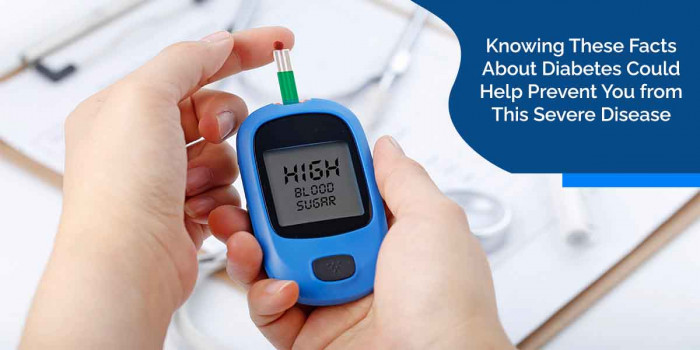Nipah Virus (NiV): A Contagious Disease You Should be Aware of
Know the signs and symptoms of this deadly virus infection. Read the precautions to be taken and how to make people aware of this contagious disease.
_A_Contagious_Disease_You_Should_be_Aware_of.png)
You might be aware that people get viruses by inhaling them or through sexual contact, but you may not know that virus can also be transmitted through food or directly between people. Nipah virus is one of the viruses that is transmitted from animals to humans. It is a viral infection that is caused by the Nipah Virus.
Recently, Nipah Virus came in the headlines, when a 23-year-old student in Kerala Ernakulam district was tested positive for the virus on 4th June. But, reports suggested that over four people who had direct contact with the student were also tested positive. Last year, the virus killed over five people in Kerala.
Let us know more about this dangerous virus, its symptoms, and precautions to be taken.
What is a Nipah Virus?
It is a type of RNA virus in the genus henipavirus. Nipah Virus is a zoonotic disease that is transmitted from humans to animals or vice versa. This infectious virus was first noted in from September 1998 to May 1999 during the outbreak in Malaysia and Singapore. The virus is named after a village in Malaysia, Sungai Nipah.
As of 2018, there was no treatment for this disease. Prevention was taken by avoiding exposure to sick pigs and not drinking raw date palm sap. Around 700 human cases of Nipah virus were estimated to be positive, and nearly 70% of those infected died. Last year in May, an outbreak of the virus resulted in 17 deaths in Kerala.
According to NCDC (National Centre for Disease Control), the virus affects those who come in contact with infected pigs, bats, and other Nipah virus infected people.
“Two routes of transmission of Nipah virus have also been identified from its natural reservoir to human: drinking of raw date palm sap contaminated with NiV and close physical contact with Nipah infected patients.”
Here are the NCDC guidelines on the virus.
“The person-to-person transmission may occur from close physical contact, especially by contact with body fluids."
Outbreaks of Nipah Virus
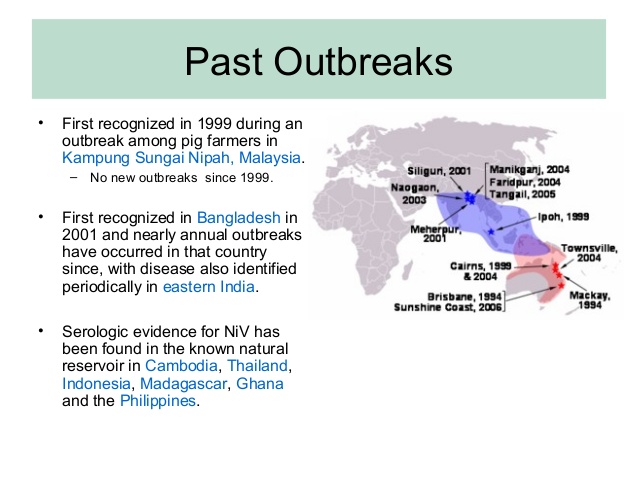
Nipah Virus outbreaks have been noticed in several countries, including Bangladesh, India, Malaysia, and Singapore. By 1999 more than 250 human cases of encephalitis, including 100 deaths had been noticed in Malaysia and 11 cases of respiratory illness were noted in Singapore.
The outbreak again occurred in 2004 and 2005 in Tangail, Rajbari, and Naogaon district. On May 2019, a student was admitted to the hospital with Nipah symptoms and was confirmed Nipah infected on 4th June.
Signs and Symptoms Associated to Nipah Infection That You Should Not Ignore
It is believed that symptoms for Nipah virus start appearing after 7-14 days from exposure. Sometimes symptoms can progress as fast as in 2 days. The signs and symptoms of infection are an acute respiratory infection, asymptomatic infection, and fever.
It can be followed by drowsiness, headache, vomiting, sore throat, muscle aches, and mental confusion. People who have breathing problems can experience severe respiratory problems, nerve disorder, brain inflammation, and typical pneumonia.
Is There Any Treatment for Nipah Virus Infection?
According to the doctors, supportive care is the only treatment for this infection. Currently, there is no vaccine available to protect humans. But some researchers explain that the antiviral drug ribavirin may be useful to prevent infection. This medicine has helped a few people to come back to normal.
It is also reported that a human monoclonal antibody that targets the G glycoprotein of NiV has shown the benefit in an animal model of this disease, but researchers have not tested the effects of the antibody in humans. (7.1)
Is Nipah Virus Infection Contagious?
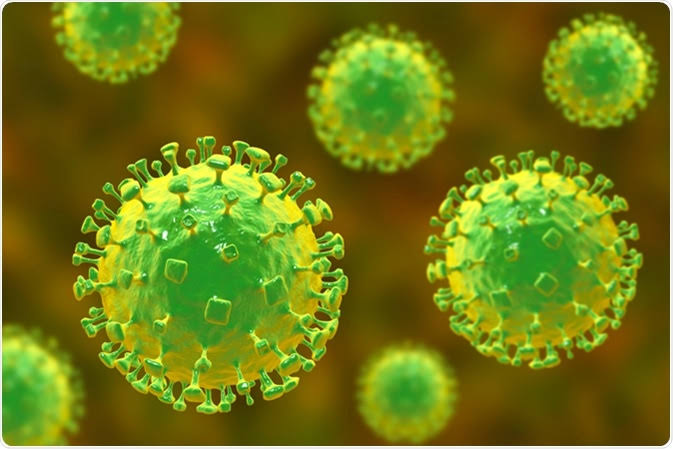
Yes, the Nipah Virus is contagious. It infects the family members or medical caregivers of NiV-infected individuals. It can only be transmitted through direct contact with the pigs, or from Ni-V infected people. Doctors also warn people not to use fruits that have fallen on the ground.
How is Nipah Virus Infection Diagnosed?
Laboratory diagnosis of this deadly virus infection is conducted using reverse transcriptase polymerase chain reaction from cerebrospinal fluid and blood analysis during convalescent stages of the disease.
Immunohistochemistry on tissues recorded during autopsy also confirms the disease. Other tests may include PCR assay and virus isolation by cell culture.
Risk of Exposure to Nipah Virus Infection
In the Singapore outbreak, Nipah virus infection was related to contact with Nipah virus-infected pigs. In India, Niph infection is associated with the consumption of palm sap and contact with bats.
According to research, contact with pigs is found to be the most important risk factor for infection. Exposure to urine from animals is also the biggest risk for human diseases, and Nipah virus is also noticed from the urine of several Malaysian patients.
Preventions and Precautions of Nipah Virus
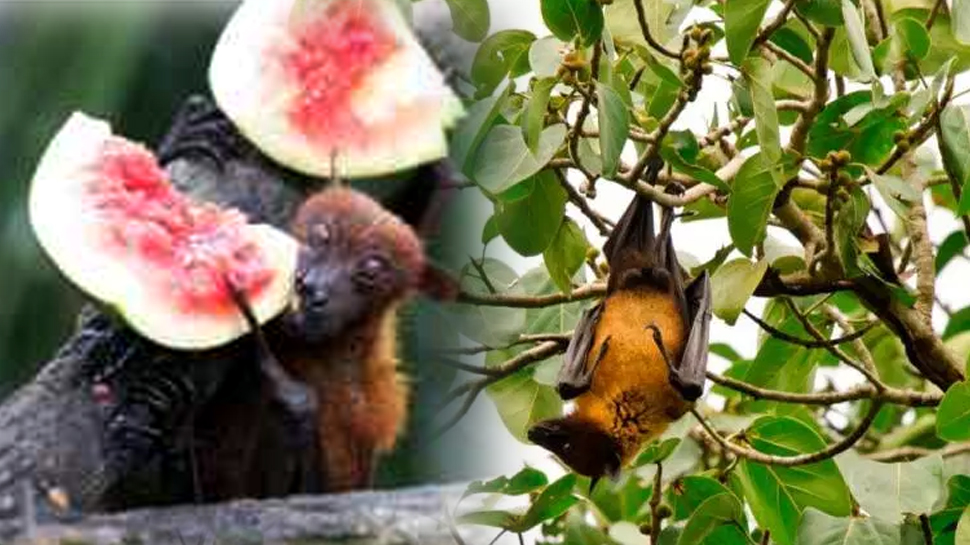
The NCDC guidelines have listed several measures to follow in public and high-risk areas. The infection from the virus can only be prevented by avoiding the exposures to bats in endemic areas and by not consuming the fruits that have fallen from the trees. The guideline tells people to:
- Wash hands with water and soap after coming in contact with an animal.
- Consume only washed fruits.
- Avoid taking raw date palm sap or toddy palm. Bats drink toddy that is collected in containers and they urinate in it.
- Not to enter into abandoned walls.
- Not to eat half-eaten fruits from the ground.
- Movement of animals from farms to other areas can also reduce the infection.
Awareness is important to prevent future outbreaks. Several infection control practices should be followed to prevent nosocomial infections.
How Can You Reduce the Infection of Virus in People?
If vaccines are not present, the only way to prevent infection in people is by educating them about the preventive measures and risk factors of Nipah virus.
Below are the ways how you can reduce the risk of infection in people.
- Reduce the Risk of Human-to-Human Transmission
Physical contact with Nipah virus infected people should be avoided, and hand washing should be done after visiting sick people.
- Reduce the Risk of Animal-to-Human Transmission
Protective tools like clothing and gloves should be worn while taking care of a sick animal or during slaughtering. Avoid being in contact with infected bats and pigs.
- Reduce the Risk of Bat-to-Human Transmission
Keeping bats away from sap sites with bamboo sap skirts may be helpful. Freshly date palm juice should be boiled, and fruits should be peeled and washed before consumption.
Note that Nipah Virus is not only found in pigs, it was also reported in cats, dogs, and sheep during the outbreak in 1999.
Clinical Presentation about Nipah Virus
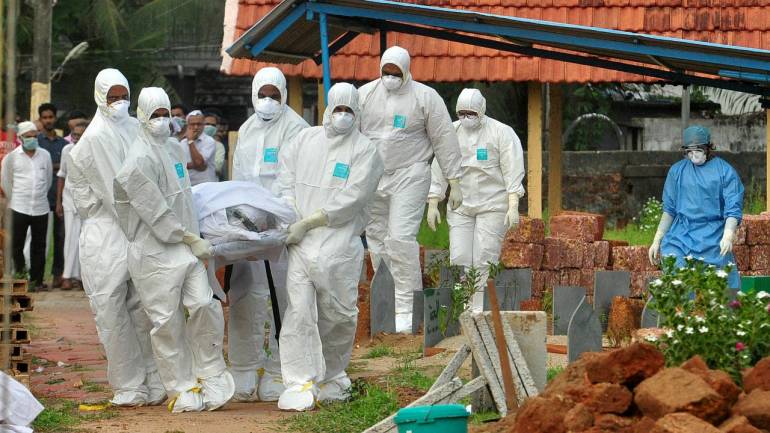
According to experts, the incubation period in humans ranges from 5 days to 2 months. Many patients become conscious and show signs of dysfunction, seizures, pupillary reflexes, and vomiting.
In the series of 160 cases who survived the encephalitis, they suffered relapses, while there were only 3.4% cases, who had late-onset encephalitis. In another series, it was recorded that some suffered depression, deficits in visual memory, and personality changes.
Is the Nipah Virus Different from Bird and Swine Flu?
According to the doctors, the symptoms and signs of Nipah infection are similar to bird and swine flu, but there is a difference in how it affects people. Several vaccines and drugs are available for swine and bird flu, but there is no treatment or antiviral medication for Nipah infection.
MS Chaudhary, a Senior Consultant, said -
"The Nipah virus affects the respiratory and nervous system and patients may experience respiratory failure or neurological failure. But swine flu usually does not lead to neurological problems.”
Do People Need to Worry About a Nipah Virus?
Yes, every outbreak has different fatality rate. Nipah tends to have an average fatality rate of over 75%. Each time, there’s a new outbreak, it gets spread over thousands of people and killed over 70% of people.
The research indicates that there are several bat species, but who travel long distances to feed at night spread more infection. If you are planning to travel a long distance, make sure that you research the location and know the condition of the area before you travel.
Final Words
If you find anyone infected with Nipah virus, ask them to consult a doctor soon. It is usually spread through pigs and other domestic animals. Though there is no treatment to cure Nipah infection, it is advised to maintain healthy hygiene and to eat the right foods to prevent deadly infection.
Popular Posts
10 Amazing Lessons You Should Learn From Mr Olympia Jeremy Buendia
Jeremy Buendia is an fitness inspiration for people from all over the world, there is a reason why he has been so successful at what he has been doing. Don’t look for the reasons take some lessons from the fitness sensation right here, that can change your lives.
Ethan Stephans
Why Are Pubic Hair Thicker Than Body Hair?
As children we always had several questions about our bodies, which were alien to us, this post is to serve a decade-long curiosity of young boys/girls about their pubic hair and its texture.
Augustus Perez
7 Sleeping Tips That Every Woman Should Follow During Pregnancy
Pregnancy is not easy. Pregnant women experience a lot of changes in their bodies, like increased stomach size, frequent urination, and sleeping discomfort.
Still Unfold







